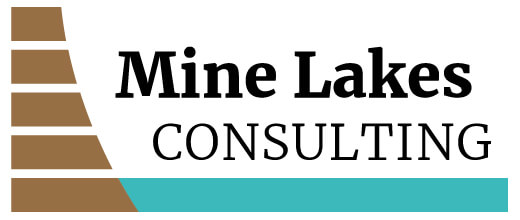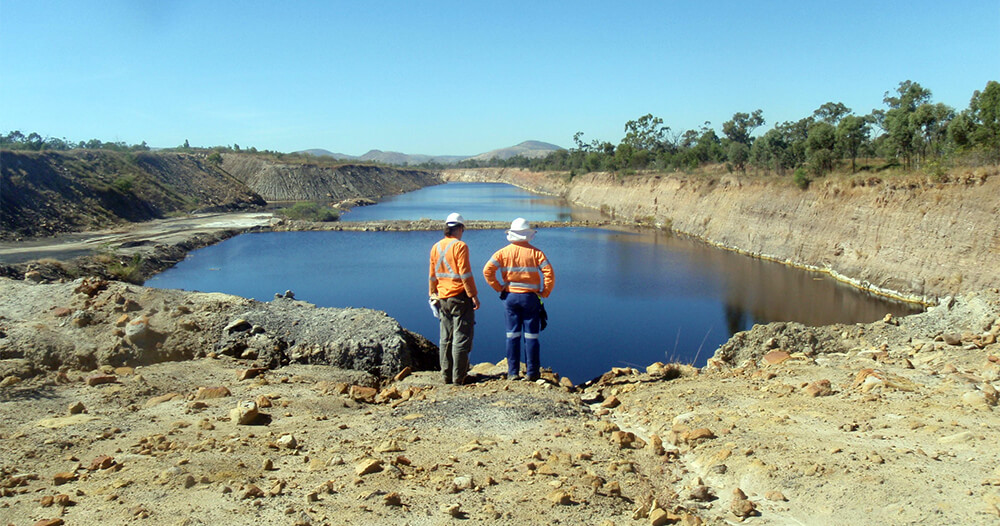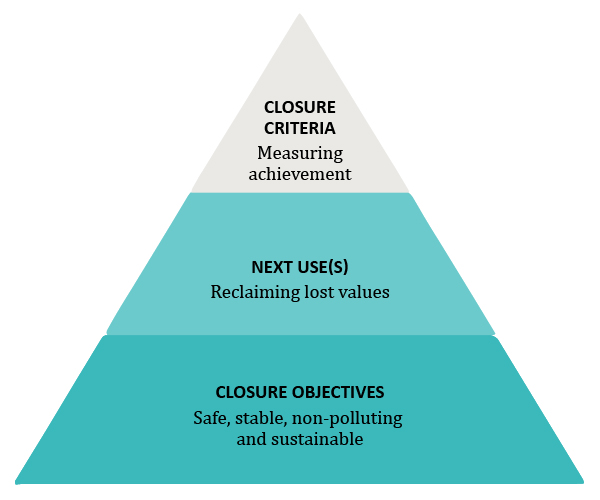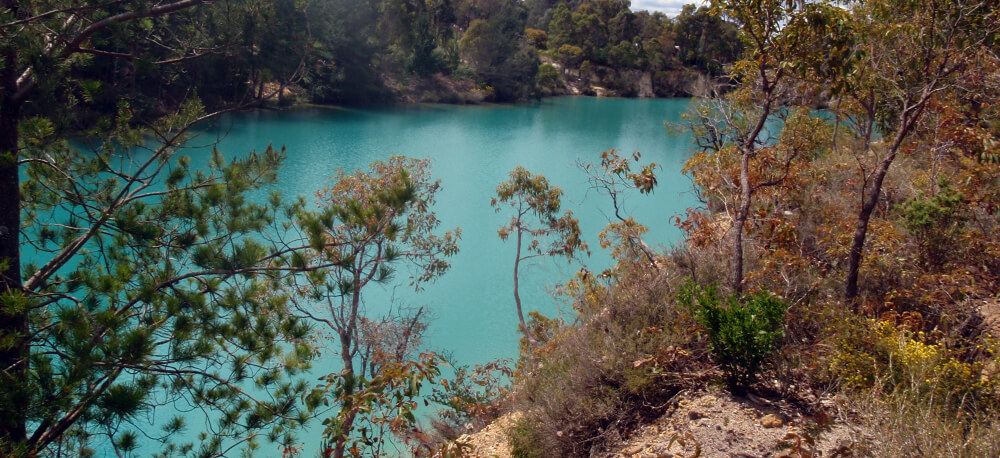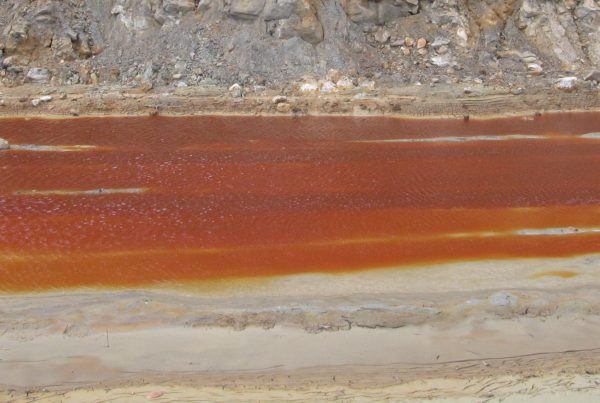Every mine closure plan should contain a clear description of what the next land use will be. Pit lakes present a significant departure from the terrestrial land that was there previously; with its associated terrestrial values, such as grazing or wildlife habitat. However, closure criteria for all final mining landforms should still encompass all aspects of closure sustainability in their closure objectives as per any final landform. Namely, safe, stable, non-polluting and sustainable.
What do closure criteria look like for pit lakes?
Pit lakes are often the landform that can present the greatest closure risk to both environment and human health. This risk is often due to the presence of large volumes of poor quality water.
Safe is typically addressed through rehabilitation of void walls; details of which are often omitted in closure planning. Steep pit sides above and below the water present fall and drowning risks that must be addressed to achieve pit lake relinquishment.
Stable is a concern for all landforms exposed to weathering. Pit lakes have constant active surface water dynamics and stability is a significant concern that can lead to issues achieving safety, polluting and sustainability closure objectives.
Non-polluting refers to the risk of pit lake water quality causing environmental harm; rather than simply an assessment of contaminants of potential concern (COPC). The enriched geochemistry of a mining region may present as elevated solute concentrations in the pit lake, but also in natural waterways as well. As a result, water quality criteria are typically used to first describe and then set, a threshold for the acceptability of this risk. However, criteria may also be used to determine opportunity for next land use. However, simple application of generic water quality criteria (such as Australasian water quality guidelines) to determine closure success may be inappropriate for an artificial pit lake environment. Further, water column stratification and other complex lake dynamics such as surface water inflows may complicate modelled understandings of long-term water quality evolution.
Sustainable simply means that whatever end use is proposed for the pit lakes, that the objectives for this land use will continue to be meet both now and into the future. Sustainability can be key with pit lakes that face ongoing water quality evolution such as in arid regions where they may function as groundwater sinks.
How are closure criteria achieved?
Opportunities to address safety may present during operational scheduling of material movements to rehabilitate non-operational voids and areas of active void workings. Similarly, stability can be enhanced during operational stages both by considered material placement and rehabilitation. Recent work considering shore erosion from wave action on regraded void sides that will eventually form pit lake shorelines has been undertaken by MLC. Due to differences in socio-environmental contexts, the risk and mechanism of a pit lake failing to be non-polluting must be understood and addressed for each pit lake. Water balance, geochemical and hydrodynamic mixing and sediment transport modelling can all be useful tools for understanding how sustainable the closure strategy will be over time. However, as the late statistician George E. P. Box so well-articulated, “All models are wrong, some are useful”. Modelling can and should be a very useful tool, but the choice and selection of models, assumptions and their interpretations are key to how salient the modelling results are and, in the end, how useful the (often) expensive exercise has been in informing the closure strategy.
Closure criteria do exist for pit lakes, but often in forms atypical of other final mine landforms. Therefore, careful selection and strategic planning to achieve successful relinquishment to next land use is necessary to satisfy stakeholder concerns that relinquishment is achievable.
More information on pit lake management can be found in an article by Dr Martin Schultze and myself, Dr Cherie D McCullough, entitled “Risks and rewards of pit lakes” on the AusImm Bulletin website. Read here
MLC offers full pit lake closure planning services whether it be for pit lakes alone, or for incorporating pit lake closure aspects and strategies into current mine closure planning.
